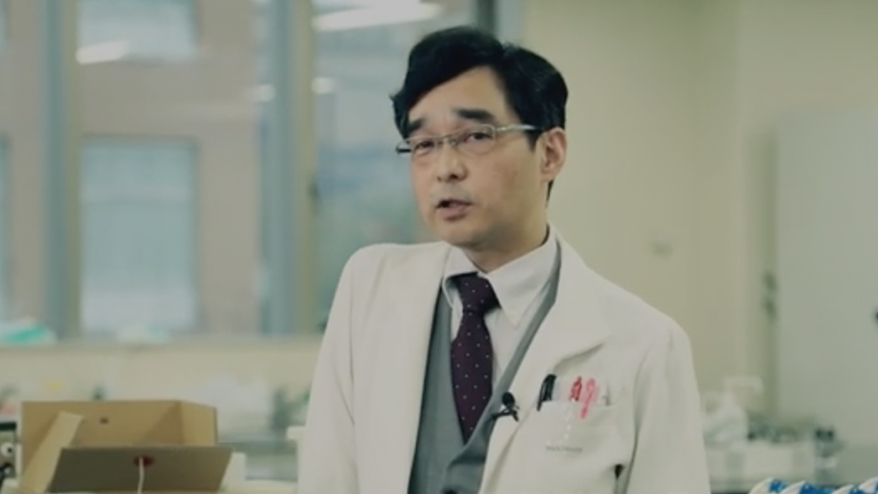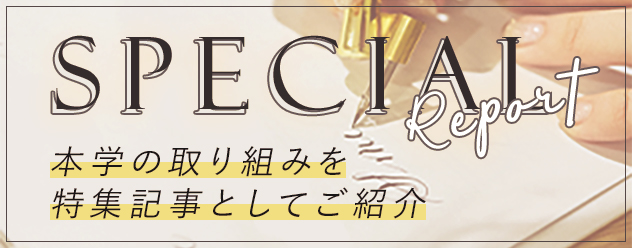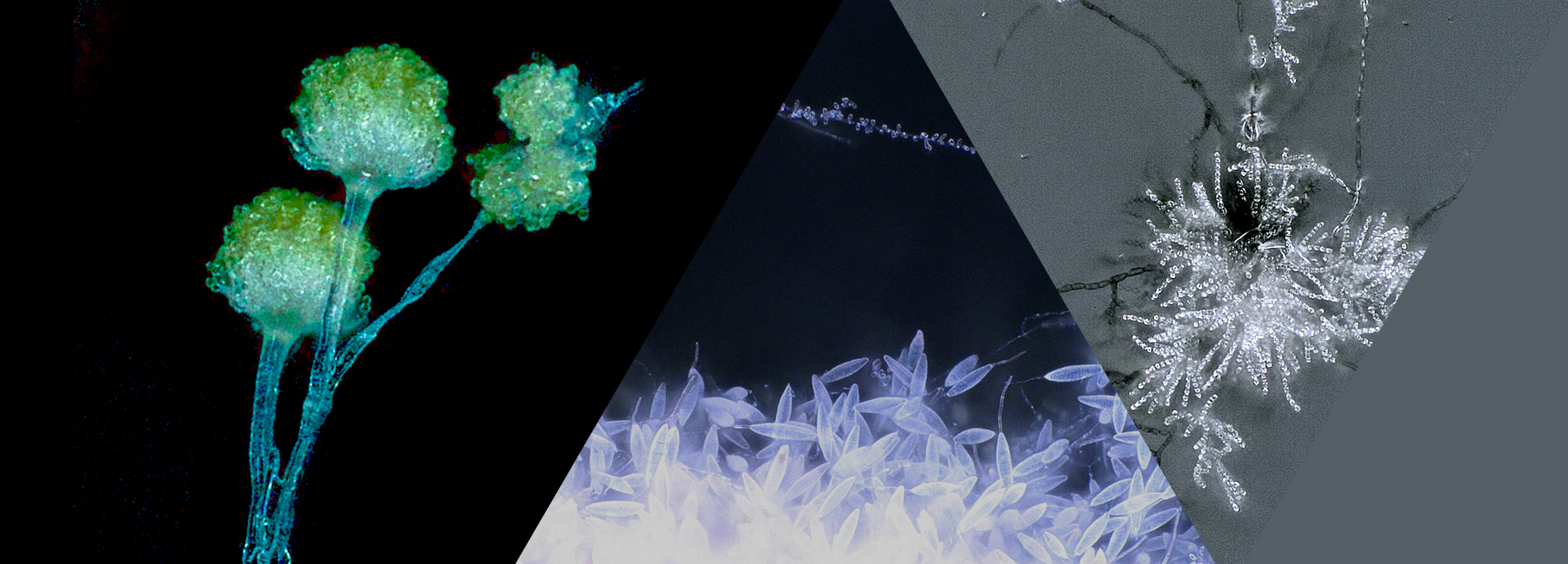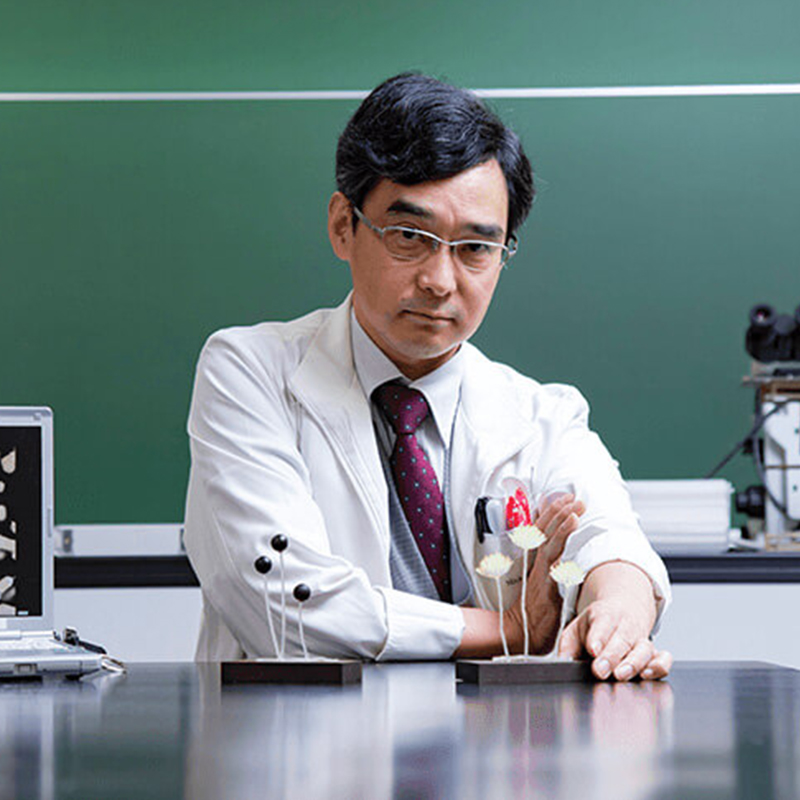Mold is said to have existed on Earth for about 1 billion years.
Professor Makimura Koichi studies pathogenic fungi, which are molds known in medical terms as fungi, and which can cause health problems.
He is also the discoverer of a new species of fungus that is spreading worldwide.
He has also produced a photo book of mold taken with a digital microscope.
As a world leader in fungal research, he works day and night dealing with mold.
An important human partner
Mold that can cause illness
There are many fungi (molds, yeasts, mushrooms) on the earth. It is said that there are more than 100,000 known bacterial species alone, and millions of unknown bacterial species. Although some images of mold are not good for humans, they actually have a role as an important partner for the global environment and humans. It decomposes carcasses of animals and plants to maintain the global environment, keeps the soil where agricultural products grow healthy, and produces bread, miso, sake, and even medicines. All of this is due to the action of fungi.
Transition of deep fungal disease seen in people who underwent pathological autopsy in Japan
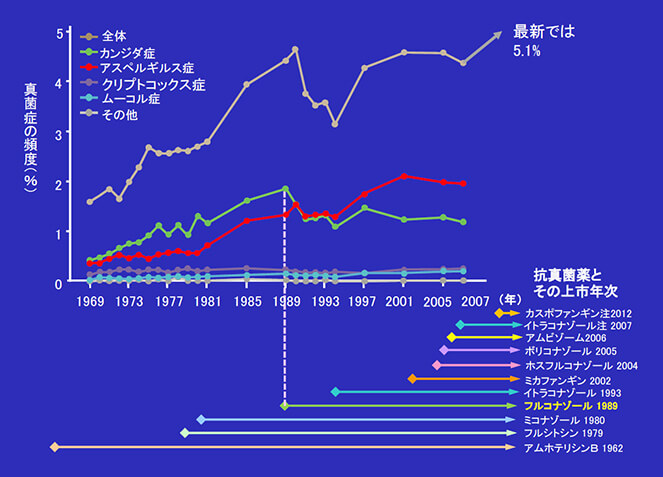
However, a small percentage of fungi are harmful to humans. Diseases caused by fungi are called mycoses. Typical fungal diseases include athlete's foot caused by Trichophyton fungi and mucosal candidiasis caused by Candida. In many cases, inhalation or infection with airborne fungal spores can cause deep-seated mycosis, in which the fungus grows in the lungs, liver, and brain. Koichi Makimura Professor of Graduate School Graduate School of Medicine focuses his research on medical mycosis, a group of microorganisms with mold and mold-like morphology that cause such human health problems.
In recent years, deaths from life-threatening deep-seated fungal infections have been on the rise. In Japan, many people have died from pulmonary mycosis caused by the fungus Aspergillus. The increase in fungal infections is undeniably due to the development of medical treatment. Professor While advances in treatments such as anticancer drugs and immunosuppressive therapy have made it possible to save many people, the number of fungal infections has increased as the number of immunosuppressed people has increased.
The world's first causative agent of pandemic fungal disease:
Discover Candida auris
There is a fungus called Candida auris that is currently causing a major problem around the world, taking the lives of many people. Candida auris has infected many patients in Asia, Europe, North America, and elsewhere, with many cases resulting in death from sepsis. Some types are highly pathogenic and have developed resistance to antifungal drugs, causing the first pandemic (global epidemic) of a fungal disease. Professor Makimura was the first in the world to discover and name this previously unknown fungus, Candida auris.
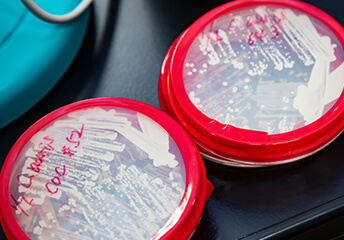
Candida auris
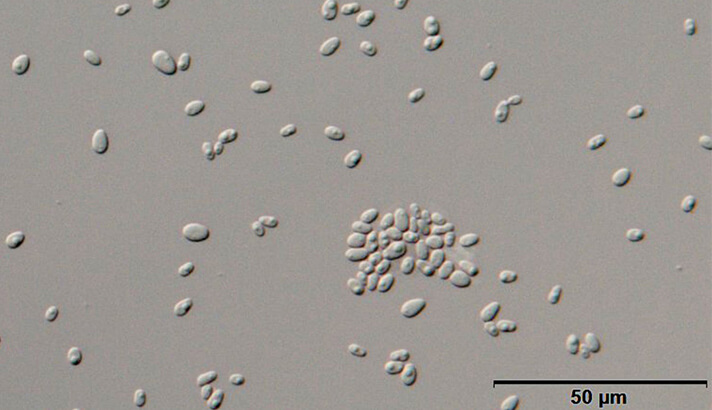
When Professor Makimura first saw Candida auris isolated from the ear discharge of a 70-year-old woman in 2005, his impression was, "It had a scruffy 'face,' and I didn't think it was pathogenic." Fungi don't have faces, but Professor Makimura refers to their distinctive features as "faces." In fact, the Candida auris found in Japan and later South Korea was low in pathogenicity and did not become a major problem. However, when Candida auris was isolated from blood samples in India and other countries in 2009, cases of death from sepsis occurred, and the infection spread rapidly. Drug resistance also became apparent, leading to a pandemic. The disease has yet to be contained.
"The Japanese type of Candida auris that I first discovered is low pathogenic and responds well to medication. However, in the United States, the mortality rate is 30-40%, and there is a high probability of it causing sepsis. Even within the same species, there are significant differences between types, making it a very troublesome fungus," says Professor Makimura.
Professor Makimura, who was also the original discoverer, developed a genetic diagnostic method that can detect and diagnose Candida auris quickly and with high accuracy using inexpensive equipment. A demonstration test was conducted in the United States in January 2019, and preparations are underway for practical application in order to prevent a global pandemic and prepare for a future domestic outbreak.
With the evolution of digital microscopes
To see the appearance of live fungi
Professor Makimura originally entered School of Medicine because he loved living things. He believed that "fungal infections would surely become a problem as the number of elderly people and cancer patients increases," and so he embarked on a career in fungal research. His prediction has come true, with the number of patients with fungal infections continuing to increase, leading to the aforementioned problems of the spread of Candida auris and resistant bacteria.
In this context, Professor Makimura is particularly focused on "observing living fungi." Genetic identification using DNA sequencers and other tools has advanced in fungal classification, and Professor Makimura has identified the genes of numerous fungal species and obtained patents for the same. However, he believes that "there are things that can only be learned by observing living mold in its living state," and is using advanced digital microscope technology through trial and error.
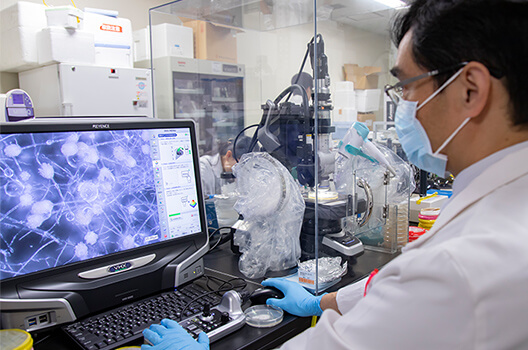
"Traditionally, the slide culture method has been used, in which fungi are cultured on slides like pressed flowers and then observed. However, with a digital microscope, we can observe them as three-dimensional images while they are still alive. There is much that can be learned from the appearance of living fungi, such as the appearance of protoplasmic streaming within cells, the extension of hyphae, and the changes that occur when antifungal drugs are applied," says Professor Makimura.
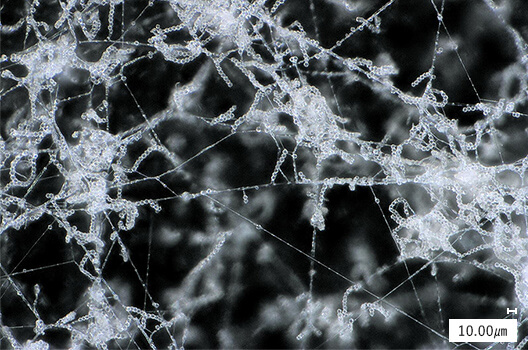
In 2017, I succeeded in shooting the beautiful appearance of Aspergillus flavus while still alive at a convincing level. From that day on, I was fascinated by the beauty of the mold, and day after day I continued to take pictures of various fungal species with a digital microscope. The results are summarized in a "photobook" called "Molds that were overlooked in clinical practice" (Medical Science International). Eventually, there is an ambition to make a "mold encyclopedia".
For future medical fungal research
What we can do now
As Professor Makimura says, "Anywhere there are mold and humans is a research field," his research field is wide-ranging, and in the field of space environmental medicine, he studies fungal infections in space. This began as a ground research project by the former NASDA (now JAXA), and research continues today with the aim of investigating and controlling the presence of fungi in the laboratory module "Kibo" installed on the International Space Station (ISS), Japan's first manned space program.
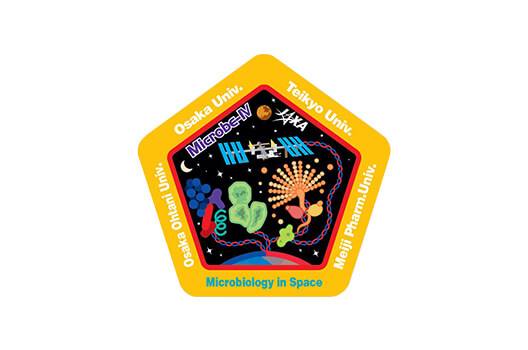
Looking ahead to the future of fungal research, Professor Makimura says there is still a huge amount of work to be done. This ranges from culture collections that collect and preserve cultured strains of various fungal species, to epidemiological data and reference work related to these. "Just as Candida auris suddenly appeared, new pathogens will likely cause pandemics one after another in the future. Another issue is the increase in antibiotic-resistant bacteria. For this reason, the entire country should work together to develop fungal research as an infrastructure, but in Japan today, the foundation for this has not been cultivated. I believe that the prestigious Teikyo University Medical Mycology Research Group needs to play a central role in this," says Professor Makimura.
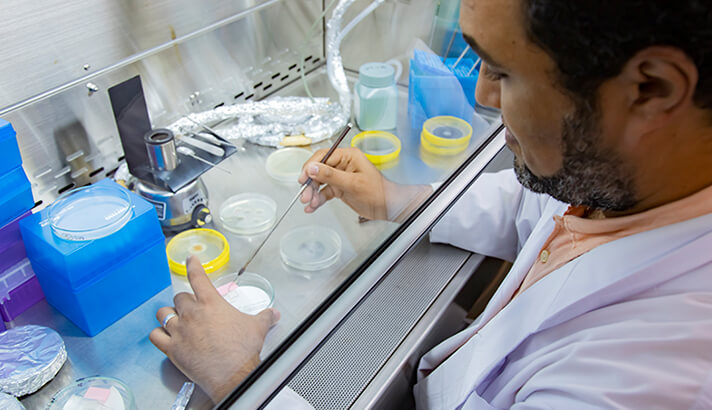
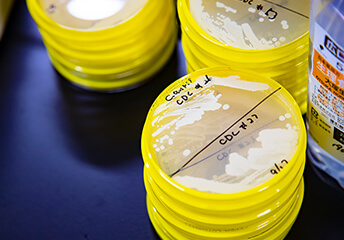
The museum has over 300 species and approximately 4,000 strains of fungi.
Researchers from around the world gather to study pathogenic fungi and mycoses.
